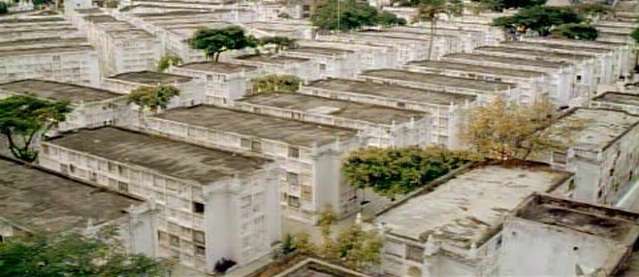White City, La Ciudad Blanca
A rumored city of gold has been the fascination of many for some time. Herman Cortes stumbled upon it in 1526, then Cristobol de Pedraza in 1544. Archeologist William Strong noted ‘archeological mounds’ near Rio Patuca and Rio Conquirre in 1933, providing more fuel for a growing legend where “nobles there ate from plates of gold.” As recently as February this year, archeologists and other researchers from the National Science Foundation and the University of Houston have used advanced technology such as mapping light detection and Light detection and Ranging (LIDaR) to map the ancient ruins. The verdict is still out if this area holds treasures of gold.
Lue Treasure Map
The only legendary treasure to have a map that directs you to 14 tons of gold is the Lue. As mystifying as the code is, it has long been assumed the only tools needed to decode the Lue is a one dollar bill, a key and a sound understanding of Masonic symbolism. Published by Karl Von Mueller, some speculate the “map” consists of various mathematical formulas.Believed to be in the United States, the legend of the Lue claims the treasure is 14 tons of gold. The gold was brought to the US by the Nazis in a plan to sabotage the US economy and prevent Americans from entering World War II. After hearing the plan, the Gold Act was instituted to circumvent the Nazis’ plan. Failing to prevent the US from entering the war wasn’t the only failure in Nazis’ grand scheme. They also failed to decipher the Lue and the Nazi loyalist that created had died. Ultimately they were unable to retrieve the treasure and returned to Germany.
Treasure Chest of the Church of Pisco
Four soldiers of the Peruvian Army in the mid-1800s devised a plan to outwit priests after learning about their treasures. Luke Barrett, Arthur Brown, Jack Killorain and Diego Alvarez, gained the confidence of the Pisco Church in Peru and managed to sail away with over 14 tons of gold and other treasures after killing the priests. Unfamiliar with the area, the four drew a map, ditched the loot and headed to Australia; with the hope of eventually returning and recovering their booty. Unfortunately, prior to returning for their treasure, two were killed and the other two were arrested. Only Killorain survived the jail stint. Before he died he told Charles Howe about the Pisco Church heist and where the treasure was stashed. When Howe found the treasure, he was not equipped to move the treasure. He left the treasure hoping to return and collect. Out of money, Howe failed to return to collect the treasure but he had disclosed the location to George Hamilton who eventually went looking for the treasure but never found it because he couldn’t understand the map.
In Palawan, Philippines, Bacuit Bay is an island that on its own should be considered a treasure. Bacuit Bay is small, yet boasts a legendary story about Tomoyuki Yamashita’s lost treasures. A decorated general for the Japanese Army, it is speculated that Yamashita hid treasure in the caves of Bacuit Bay in the 1940s. Yamashita obtained his treasures by looting many bordering countries during the 30s until World War II. Yamashita’s treasures includes loot from Malaysia, India, Thailand and Burma, which were all shipped to the Philippines prior to their final destination—Japan. Unfortunately for Yamashita, Japan surrendered while he was still in the Philippines. Prior to being captured and hung, Yamashita hid his treasure in 172 different places on the island. He and his crew assumed they would eventually come back for the treasure. Some sources estimate that Yamashita’s treasures could be worth billions today. In the 70s, Rogelio Roxas found part of the treasure. Unfortunately President Ferdinand Marcos confiscated his findings and the remaining treasure located in that particular tunnel. Roxas sued and was awarded $22 billion dollars. Although the Marcos and Roxas family continue to battle in court, based on the story, there are more caves filled with Yamashita’s other treasures.



















0 comments:
Post a Comment